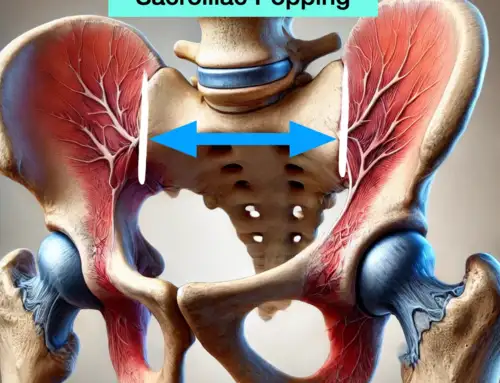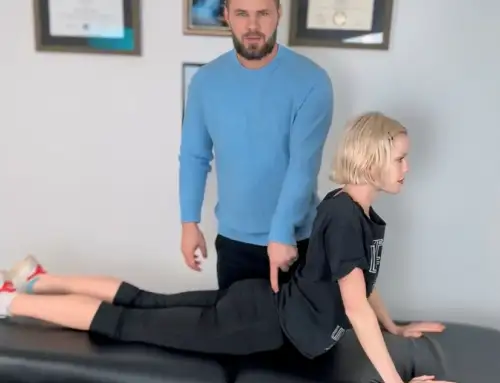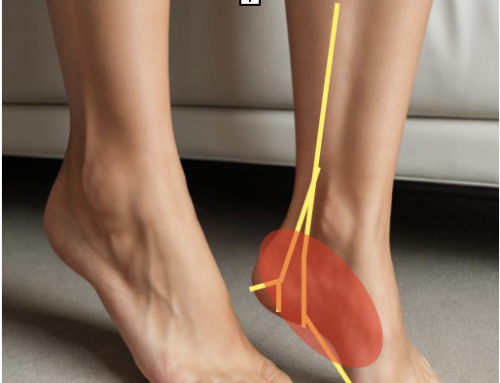Saphenous Nerve: Course, Structure and Saphenous Nerve Entrapment
The saphenous nerve is a branch of the femoral nerve and the nerve’s largest cutaneous branch is derived from the femoral nerve. The main branch of the femoral nerve is the motor branch that innervates the quad, while the saphenous nerve and its branches are purely sensory nerves that innervate the skin located over the inside of the knee. The internal saphenous nerve exits the adductor hiatus just over the medial knee, which is a common location for saphenous nerve entrapment. This entrapment is the main mechanism for saphenous nerve neuropathy and is likely where a medical professional with performing a saphenous nerve block.
The internal saphenous vessels and nerves then travel down the inner leg next to the subcutaneous saphenous vein (greater saphenous vein). The vein and nerve continue down the leg until the variable endpoint of the distal saphenous nerve ends around the distal talocrural joint capsule.
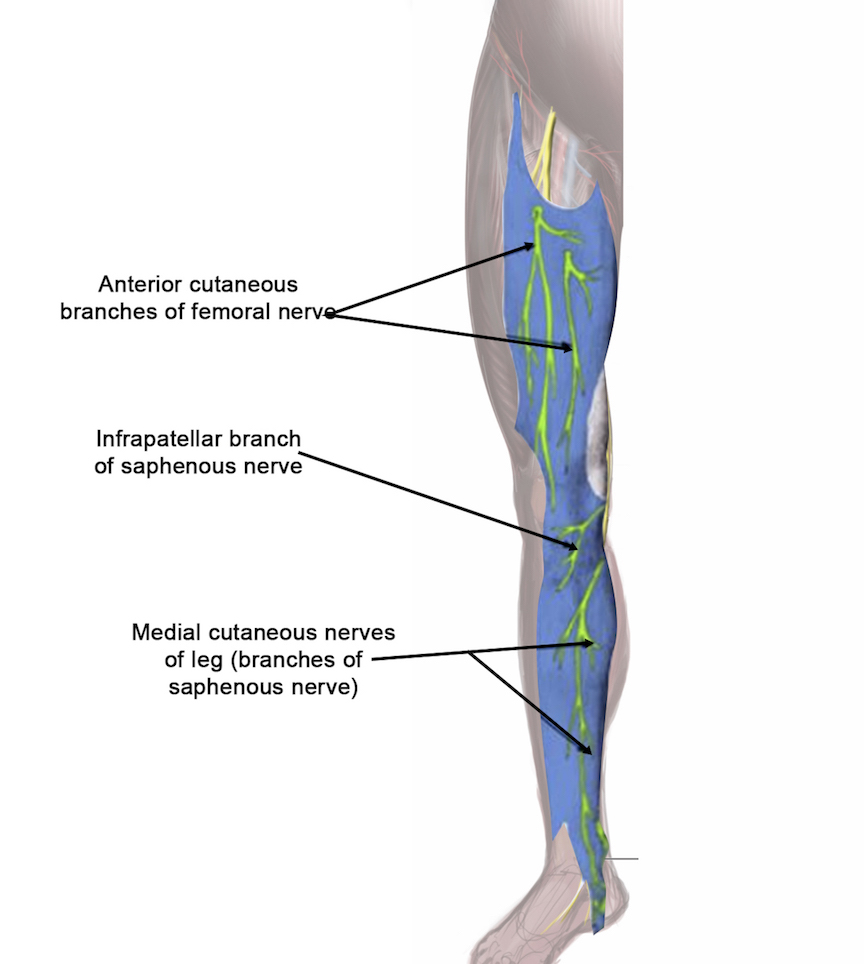
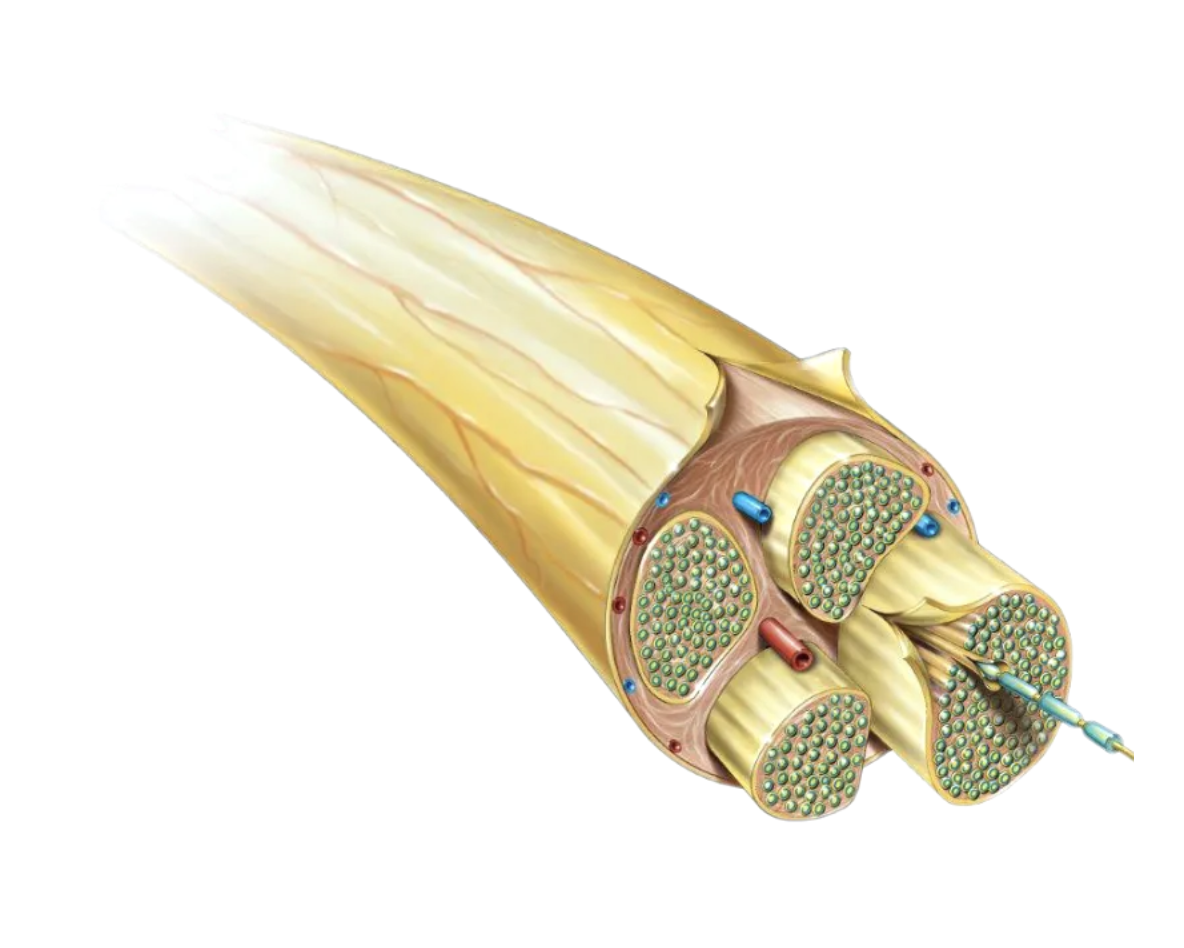
Injury and Clinical Signs
Any mechanical compression of the saphenous nerve can cause injury of the vessels and nerves creating pain, numbness, or burning along the nerve’s course. This is known as saphenous neuralgia. The most common points of saphenous nerve compression or injury are the inner knee and distal ankle. Clinical signs of compression nerve are located next to the structure that can cause compression injuries such as a hiatus in the knee or additional crushing injury on top of the tibial bone in the distal ankle.

Entrapment
The adductor canal is an opening through which the cutaneous nerve travels to supply sensation to the skin over the inner portion of the knee and down the leg. This soft tissue tunnel is a common point that becomes compressed (pinched nerve) or the mobility of the nerve is limited.
Once the nerve exits the adductor hiatus it supplies sensation to the knee via the infra-patellar branches. The saphenous nerve and its branches also innervate the heavy ligament on the inner knee known as the medial collateral ligament. This is the ligament that prevents your knee from buckling inwards and gives the knee stability. There sudden or repetitive loading of the inner knee can create saphenous neuralgia.
Activities such as running, walking, standing from sitting, and squatting can create pain in the vessels and nerves when the knee travels towards the midline (valgus collapse).
Treatment
- Identify the location where the saphenous nerve entrapment or repetitive strain is occurring.
- Use transverse nerve mobilization technique or Dermal Traction Method to increase the saphenous nerve at the nerves exits the adductor Haitus (Invented by Dr. Justin Dean)
- Address muscle weakness in the gluteal muscles, control foot pronation, core strength, coordination, and proprioception of the hip, knee, and ankle joints
BOOK A CLINICAL CONSULT
See Dr. Dean in a traditional office setting with assessment, exam and treatment performed at his Wilshire blvd location.
IN HOME TREATMENTS
Busy Schedule or don’t want to leave your home? Dr. Dean will come to your house/ office to give you schedule friendly treatments.
Send us a message here.
TELECONFERENCE
Live outside of Los Angeles? Dr. Dean is also available for consultations over Zoom to help you get to the bottom of a painful condition with “do it yourself” style treatments.



